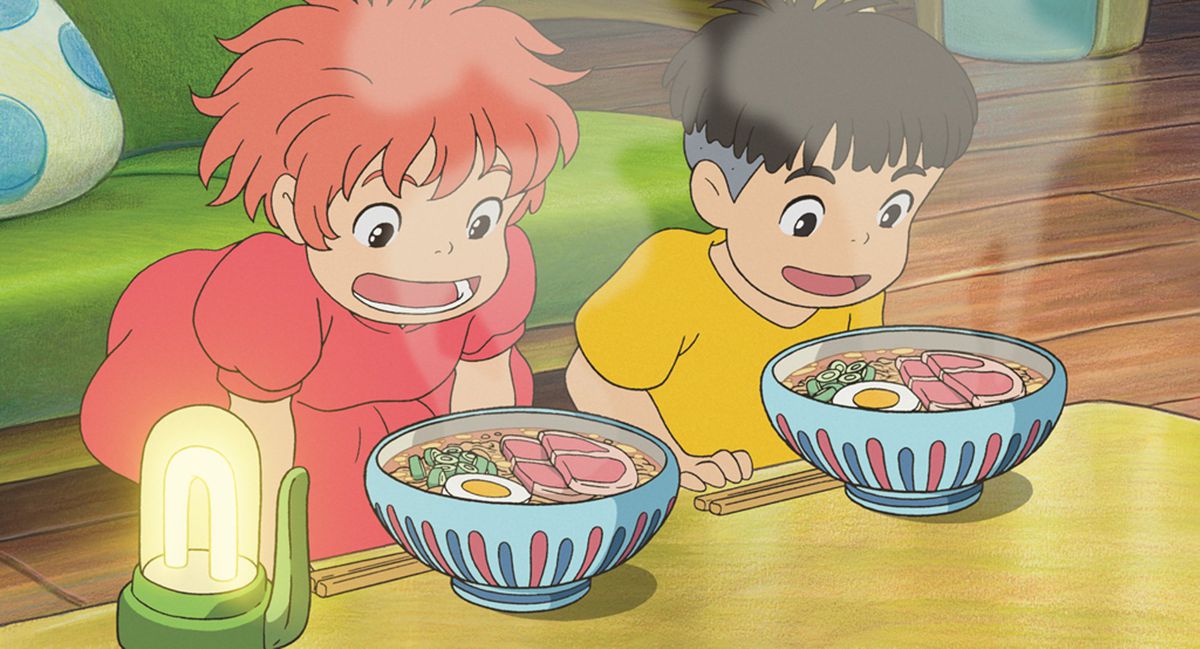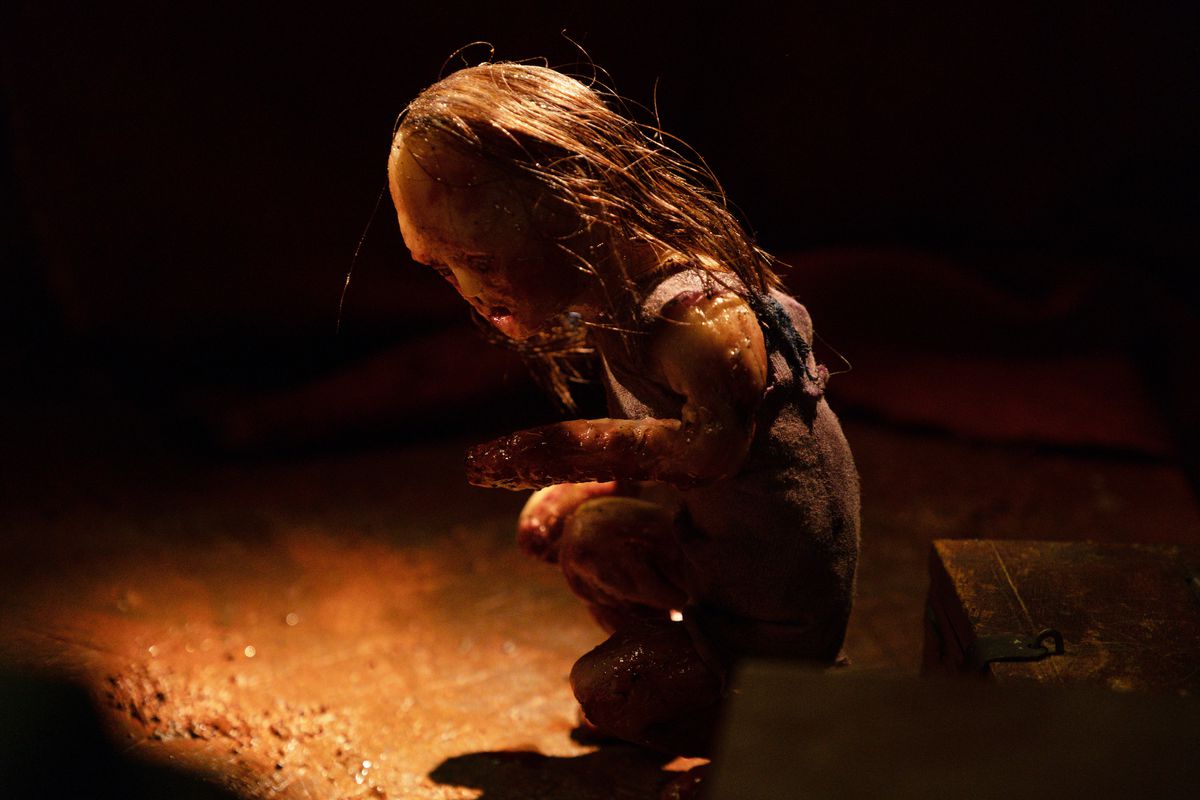In 1972, early into his tenure at Sesame Street, Norman Stiles thought up a pun. The former Merv Griffin comedy writer had spent his first year penning scripts around the kids program’s strict curriculum, but he was always encouraged to craft new ideas for characters. After conceiving The Amazing Mumford with a couple of colleagues, he received another jolt of inspiration: What if Count Dracula taught… counting?
“I thought it would be funny, but I didn’t really know what to teach with it,” Stiles says. “To just teach counting would be boring.”
That’s when Sharon Lerner walked by Stiles’ office. The curriculum specialist worked as a liaison between the research and entertainment departments, making sure segments accurately and engagingly conveyed their simple educational lessons. Stiles quickly called her over and shared his vision, knowing he needed something beyond wordplay. She came up with an easy solution: enumeration.
“That was really the key to making The Count work, because now it was, ‘He counts things,’ and counting things is an endless thing,” Stiles says. “His obsession with counting things gave him a kind of comedic power the same as Cookie Monster. Instead of ‘I want to bite your neck,’ it’s ‘I want to count your neck.’”
After a successful pitch to Sesame Street co-creator Jon Stone and head writer Jeff Moss, Stiles still had to sell puppeteer Jerry Nelson on the character. In between episodes being shot, he nervously approached the set of Hooper’s store (“I was relatively new,” Stiles says) and explained the concept, suggesting a puppet in the mold of Bela Lugosi who couldn’t resist counting. “He said, ‘Sure, I love it,’” Stiles recalls. Soon, Nelson convened with Jim Henson to get the Muppets creator’s blessing. “Norman’s writing this character, can I do it?” Nelson asked, as he recalled in an interview with Muppet fan site ToughPigs, before breaking into a Transylvanian accent.
It wasn’t long before The Count made his Sesame Street debut, counting blocks with Bert and Ernie in front of a blue backdrop near the start of the show’s fourth season. With slicked black hair, thick eyebrows, a monocle, a razor-sharp nose, a furry goatee, and a dark green cape, he counted up six blocks and exited stage left to a thunder clap and menacing organ music. Over the next decade, “Count Von Count,” as he was officially identified, became a Sesame Street staple, evolving throughout the years into a gentler fanged monster who lives inside a Gothic castle with pet bats and occasional love interests. To this day, he might just be the friendliest — and least bloodthirsty — vampire in the pop cultural canon.
:no_upscale()/cdn.vox-cdn.com/uploads/chorus_asset/file/25065286/TSDSEST_PB012.jpg)
:no_upscale()/cdn.vox-cdn.com/uploads/chorus_asset/file/25065289/1358344343.jpg)
:no_upscale()/cdn.vox-cdn.com/uploads/chorus_asset/file/25065295/96967878.jpg)
:no_upscale()/cdn.vox-cdn.com/uploads/chorus_asset/file/25065296/TSDSEST_G3006.jpg)
Photos (clockwise): The Count talks to a group of kids on Sesame Street; Norman Stiles, creator of The Count; The Count counts; The Count puppeteer Jerry Nelson with the cast of Sesame Street
Of course, it took a little time to earn that designation. As Stiles remembers, every segment of the show needed to have a button — a punchline or action that would effectively conclude a sketch. To solve this for The Count, the writing team initially decided to insert a lightning strike and clap of thunder once he counted up to the “number of the day.” But the idea was short-lived. “I think there was some input from outside that said some children were frightened by that, and so if that was the case, it wasn’t essential,” Stiles says. “He’s happy enough and it’s fun enough without it.”
Still, some viewers protested, sending letters accusing Sesame Street of providing a platform for, as one angered parent wrote, an “agent of the devil.” (“I didn’t know the devil used puppets, but you never know,” Stiles laughs. “They’d have to be fireproof, I guess.”) According to Stiles, Henson never worried about these accusations, and never thought about softening The Count’s features or changing up his voice — the adult concerns, the team realized, were tethered to Dracula’s frightening history, which young viewers had never seen before.
“The sound of thunder and lightning can be frightening for kids, but they have no previous context or knowledge that Dracula is supposed to be scary and drinks your blood,” Stiles says.
:no_upscale()/cdn.vox-cdn.com/uploads/chorus_asset/file/25065298/TSDSEST_PB023.jpg)
Once Stiles and Nelson established a template for The Count, the rest of the writing team took turns creating new scenarios and situations for him. After stepping away from the show at the end of the sixth season, Stiles returned to Sesame Street in the 1980s and found his puppet had retained his signature quirks but grown into a magnanimous figure, inviting kindergartner viewers inside the home of his spooky castle and helping his Countess understand that “20-something” wasn’t an actual number. “What’s great is the characters evolve and they stay in character but you’re looking for more situations,” Stiles says.
The best Count sketches often played on the theme of, as Stiles says, “counting begetting counting.” He remembers a bit he wrote in which The Count begins counting flowers. “And he said, ‘You know why I love to count flowers? Because I’m allergic to flowers. Now I get to count sneezes. One sneeze, two sneezes…’”
In that way, The Count felt a little more human and a little less mythical, as worthy of compassion despite his otherwise sinister connotations. Around the same time, other pop culture vampires, such as Count Chocula, showed up on kids television, further accentuating them as humorous creatures as opposed to strictly horror figures of the night. Stiles says he wasn’t influenced by anything beyond “Count Dracula counting,” but the Muppet’s goofier qualities eventually paved an alternative interpretation of the bloodsuckers. “He was an influencer in some ways,” Stiles says.
More than 50 years since his debut, The Count’s presence on Sesame Street has shrunk and morphed a bit (he’s now counting the U’s in “YouTube”), but he continues to be a valuable enumerating and emphatically laughing educator. Stiles can’t quite comprehend the Muppet’s legacy, but knows its decade-spanning and transcendent appeal comes down to the universality of counting and sharing in his love. “Numbers are so important in our lives,” Stiles says. “He’s just such a joyful, happy guy going about his life. He doesn’t hurt anybody and doesn’t force anybody to count.” At a certain point, however, you just can’t help but count along with him.








